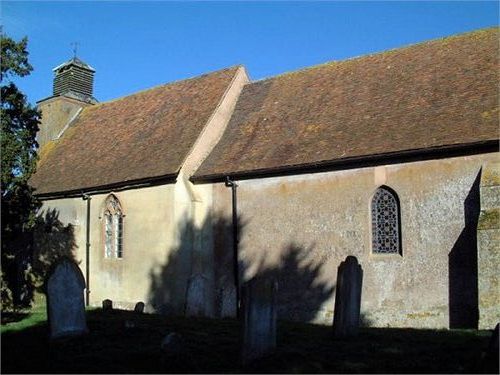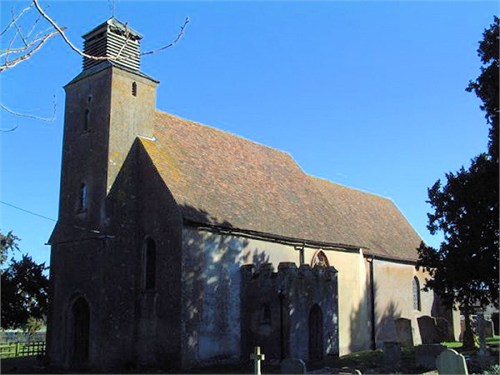In 1307 he became governor of Bristol Castle. Edward II appointed him steward of his household. Badlesmere made a compact with some other noblemen to gain supreme influence in the royal council. Although very hostile to Thomas, Earl of Lancaster, Badlesmere helped to make peace between the king and the earl in 1318, and was a member of the middle party which detested alike Edward's minions, like the Despensers, and his violent enemies like Lancaster.
The king's conduct, however, drew him to the side of the earl, and he had already joined Edward's enemies when, in October 1321, his wife, Margaret de Clare, who refused to admit Queen Isabella to her husband's castle at Leeds in Kent. The king assaulted and captured the castle, seized and imprisoned Lady Badlesmere, and civil war began.
After the defeat of the Earl of Lancaster at the Battle of Boroughbridge, Badlesmere was captured and hanged at Blean on April 14, 1322. His head was displayed on the Burgh Gate at Canterbury. His son and heir, Giles, died in 1338 leaving four daughters, but no sons.
His daughter Elizabeth de Badlesmere (1313-8 June 1356), was married firstly (27 June 1316) to the Edmund Mortimer, 1st Baron Mortimer (1302-17 December 1331), Lord Mortimer, eldest son of Roger Mortimer, 1st Earl of March and Joan de Geneville, Baroness Geneville. Both were the parents of Roger Mortimer, 2nd Earl of March.
See also the history of Chilham Castle, which was held from time to time by his descendants until the reign of King Henry VIII.
In 1307 he became governor of Bristol Castle. Edward II appointed him steward of his household. Badlesmere made a compact with some other noblemen to gain supreme influence in the royal council. Although very hostile to Thomas, Earl of Lancaster, Badlesmere helped to make peace between the king and the earl in 1318, and was a member of the middle party which detested alike Edward's minions, like the Despensers, and his violent enemies like Lancaster.
The king's conduct, however, drew him to the side of the earl, and he had already joined Edward's enemies when, in October 1321, his wife, Margaret de Clare, who refused to admit Queen Isabella to her husband's castle at Leeds in Kent. The king assaulted and captured the castle, seized and imprisoned Lady Badlesmere, and civil war began.
After the defeat of the Earl of Lancaster at the Battle of Boroughbridge, Badlesmere was captured and hanged at Blean on April 14, 1322. His head was displayed on the Burgh Gate at Canterbury. His son and heir, Giles, died in 1338 leaving four daughters, but no sons.
His daughter Elizabeth de Badlesmere (1313-8 June 1356), was married firstly (27 June 1316) to the Edmund Mortimer, 1st Baron Mortimer (1302-17 December 1331), Lord Mortimer, eldest son of Roger Mortimer, 1st Earl of March and Joan de Geneville, Baroness Geneville. Both were the parents of Roger Mortimer, 2nd Earl of March.
See also the history of Chilham Castle, which was held from time to time by his descendants until the reign of King Henry VIII.
Family Members
Advertisement
Advertisement









